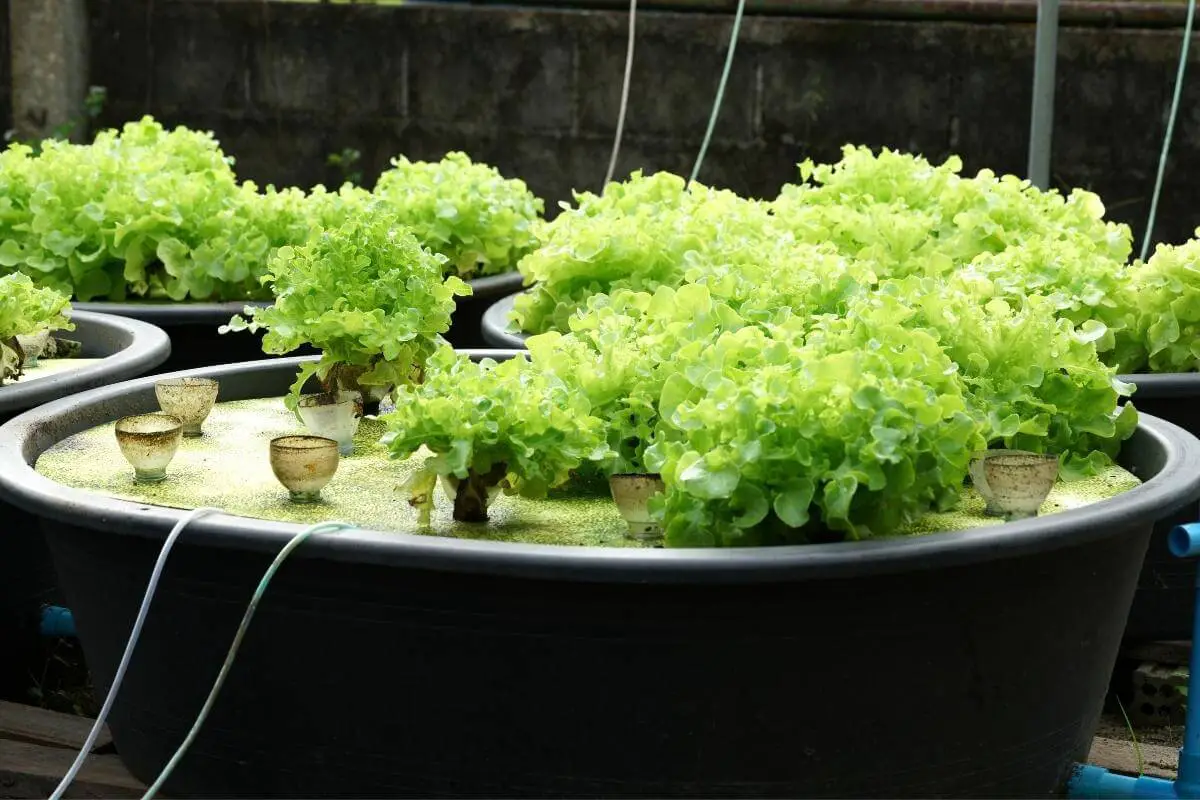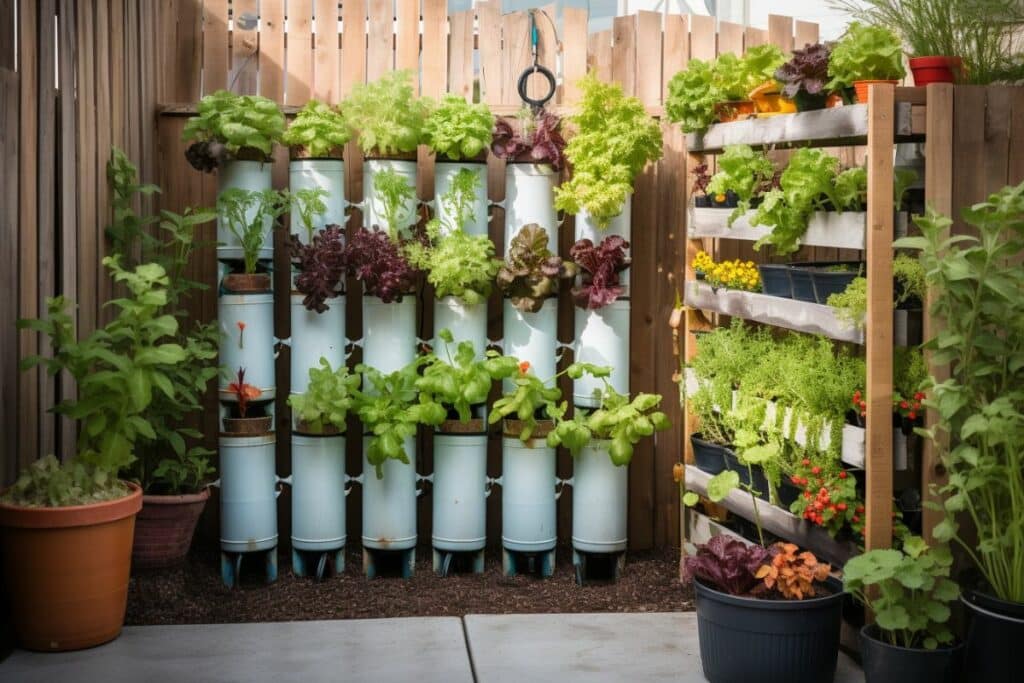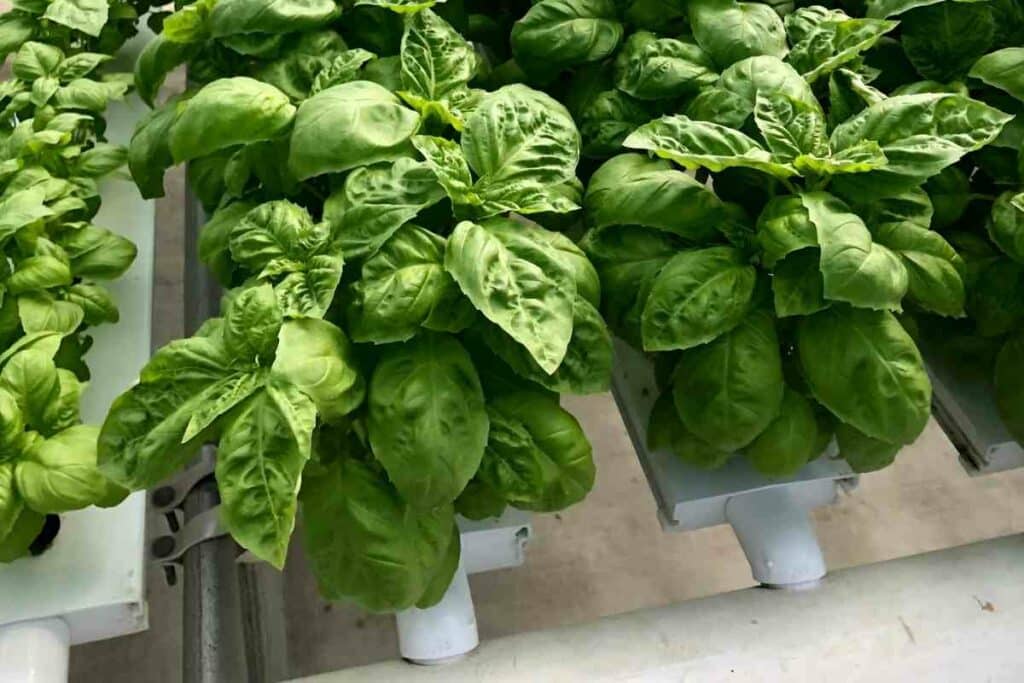Aquaponics systems form a symbiotic relationship between three organisms; the fish, plants and nitrifying bacteria that convert fish waste into readily absorbable nutrients for the plants.
Gardeners place their aquaponics either indoors or outdoors, and both conditions support the growth of the three organisms.
Despite the advancement in technology, one thing still stands in gardening: plants need light for photosynthesis.
This Brings Us to the Question: Does aquaponics need sunlight to support the development of the three symbiotic organisms?
The Significance of Sunlight to Aquaponics?
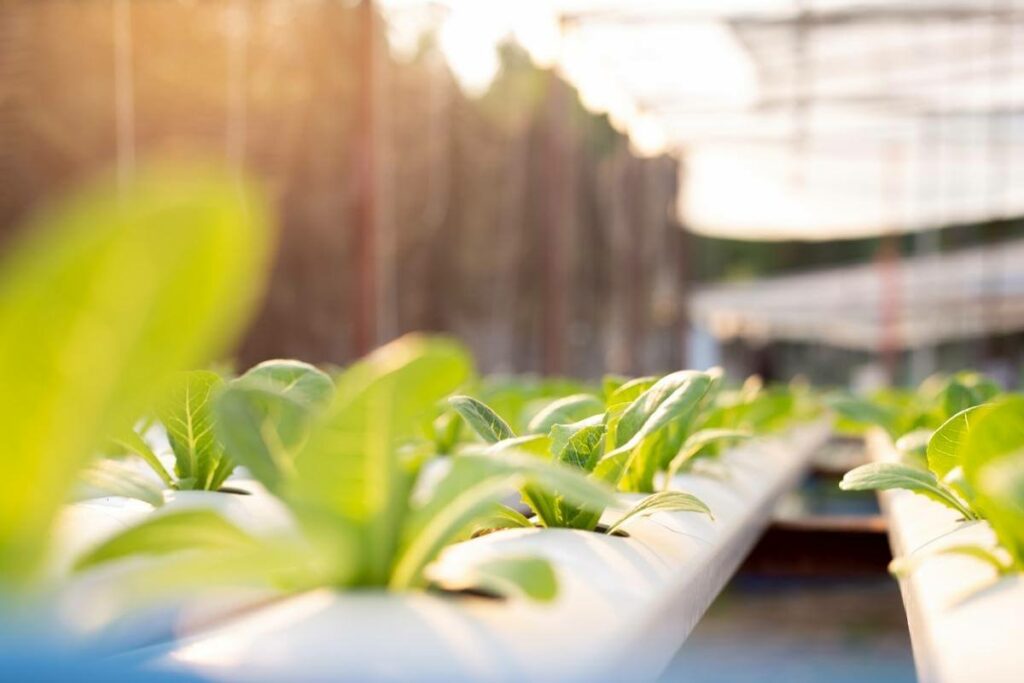
Light affects fish, plants, and nitrifying bacteria differently. The following is a summary of how light impacts the survival and health of each.
Plants
For plants to grow, they need light for photosynthesis.
Carbon dioxide reacts with water in the presence of light photons to produce glucose and oxygen.
Sunlight provides natural light, which is why most people place their aquaponics outdoors or near a window.
However, you don’t need sunlight for photosynthesis to happen. Artificial lights also provide the required photons.
Fish
Research has shown that different fish species require varying light conditions.
Some need light for normal, healthy growth, while others do well in dark conditions.
However, most fish species appreciate alternating periods of light and darkness. Day length is particularly crucial in the larval phase as it stimulates growth.
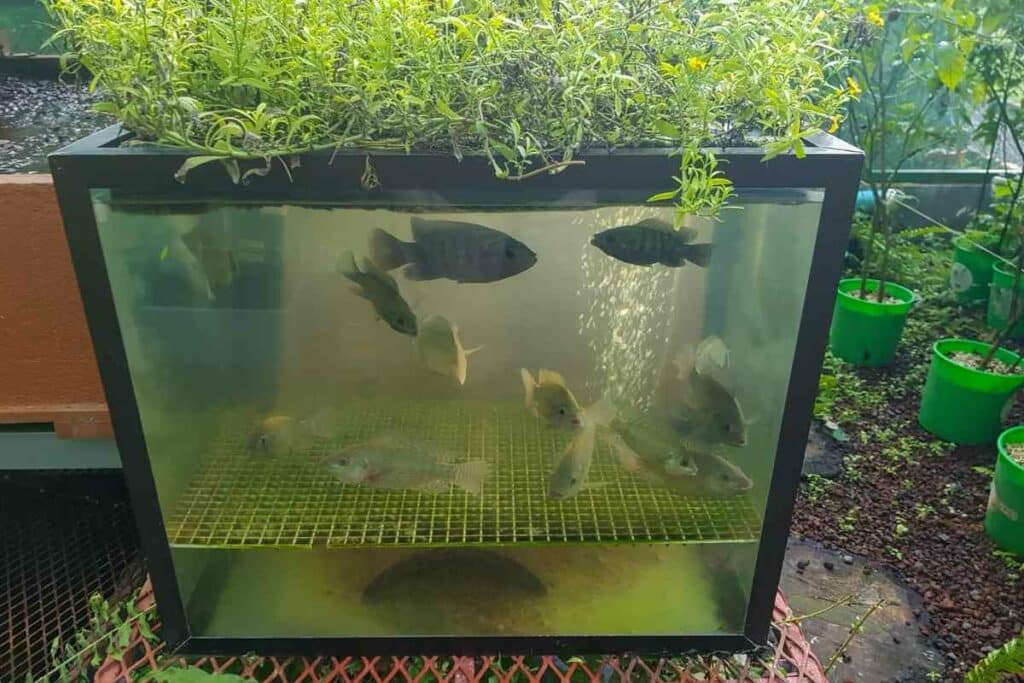
Fish also need light to locate food. If your fish are not consuming their daily rations well, the aquaponics may lack sufficient light, preventing them from spotting food.
Moreover, light affects fish productivity, overall health and reproduction.
Most fish will lay eggs when there is light. Additionally, deprivation of light in fish can make them inactive, sick and dull.
Fish do not necessarily require sunlight because you can achieve the above purposes with artificial lighting.
Be Aware Of: Choose the artificial lights carefully as too much light can stress the fish. Some of the bulbs also emit heat, and too much of it can harm the fish.
Nitrifying Bacteria
Nitrifying bacteria break down excreta from fish and convert the nitrogen to nitrates. Nitrates are easy to absorb nitrogen.
These good bacteria do not require sunlight or any other type of light.
In fact, blue and ultraviolet light affects the growth of these bacteria.
Artificial Light for Aquaponics

Artificial light serves the same purpose as sunlight in aquaponics.
There are many types of grow lights, and your choice will depend on personal preference and the type of plants and fish you are growing.
Choosing the wrong artificial light can ruin your aquaponics by stressing the fish, limiting plant growth, and killing the nitrifying bacteria.
Factors to Consider When Choosing Artificial Lights for Aquaponics
When shopping for the most suitable grow lights for your aquaponics, consider the following factors:
- Type of light
- Light intensity and distribution
- Upfront and running costs
- Effortless installation and maintenance
- Customization
Type of Light
There are primary types of lights used in the artificial lighting of aquaponics. These are:
- Red light– this light is suitable for a plant’s fruiting stage
- Blue light– plants need blue light for the foliage phase to achieve healthy leaves that are rich in color
- White sunlight– this light is the artificial equivalent of solar light. It’s suitable for the overall growth of plants
- Visible light– also called photosynthetic active radiation (PAR) – is the most suitable light for plant growth. Most plants do well in this kind of light.
If you are growing a variety of plants in your aquaponics, choose visible light.
However, the experimentation and experience of other gardeners should inform you of the best type for your system.
Light Intensity and Distribution
Light intensity refers to the brightness of the light and is measured in lumens.
One lumen can illuminate one square foot of aquaponics, so the number of lumens you need will depend on the size of your system.
You can choose to buy one light to be positioned strategically or a chain of small bulbs fixed around the aquaponics.
Light distribution is crucial to ensure all parts of your aquaponics receive uniform light.
Remember This: If some parts receive inadequate light, the plants in this area may grow weak or have curled leaves, thus giving you poor yields.
Upfront and Running Costs
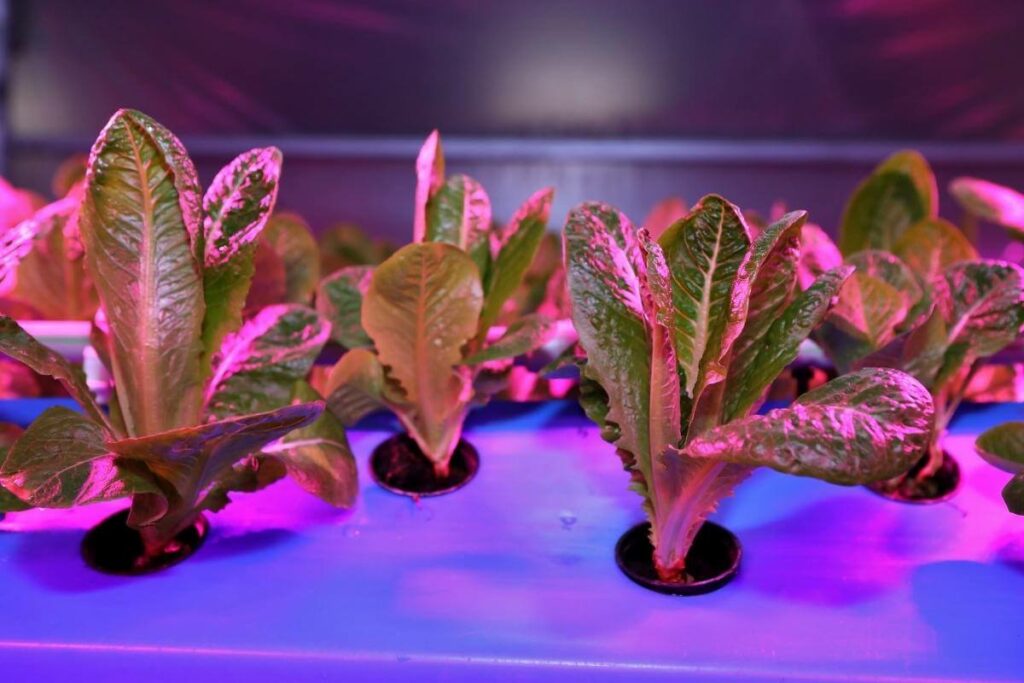
Conduct market research before buying artificial lights to identify the ones that fit your budget.
Some lights have low buying prices but running and maintaining them is costly.
Compare the upfront and running costs, including the electricity consumption, and go for the one that will not break your bank account.
Effortless Installation and Maintenance
Aquaponics requires a lot of care and maintenance, and you don’t want to make it any more complex by buying lights that you cannot fix on your own.
Consider the simplicity of installation, operation, and maintenance when choosing your preferred grow light.
Customization
It’s advisable to go for LED lights with timers and control knobs to set the amount of light and the period the light will run.
Moreover, LED lights are durable and energy-saving.
Wrap Up
Sunlight provides the natural light needed by aquaponics to grow and reproduce, but it is unnecessary.
Artificial light can serve the same purpose, which allows for establishing indoor aquaponics.
Choosing a suitable artificial light is paramount to ensure optimum conditions for the fish, bacteria and plants.
